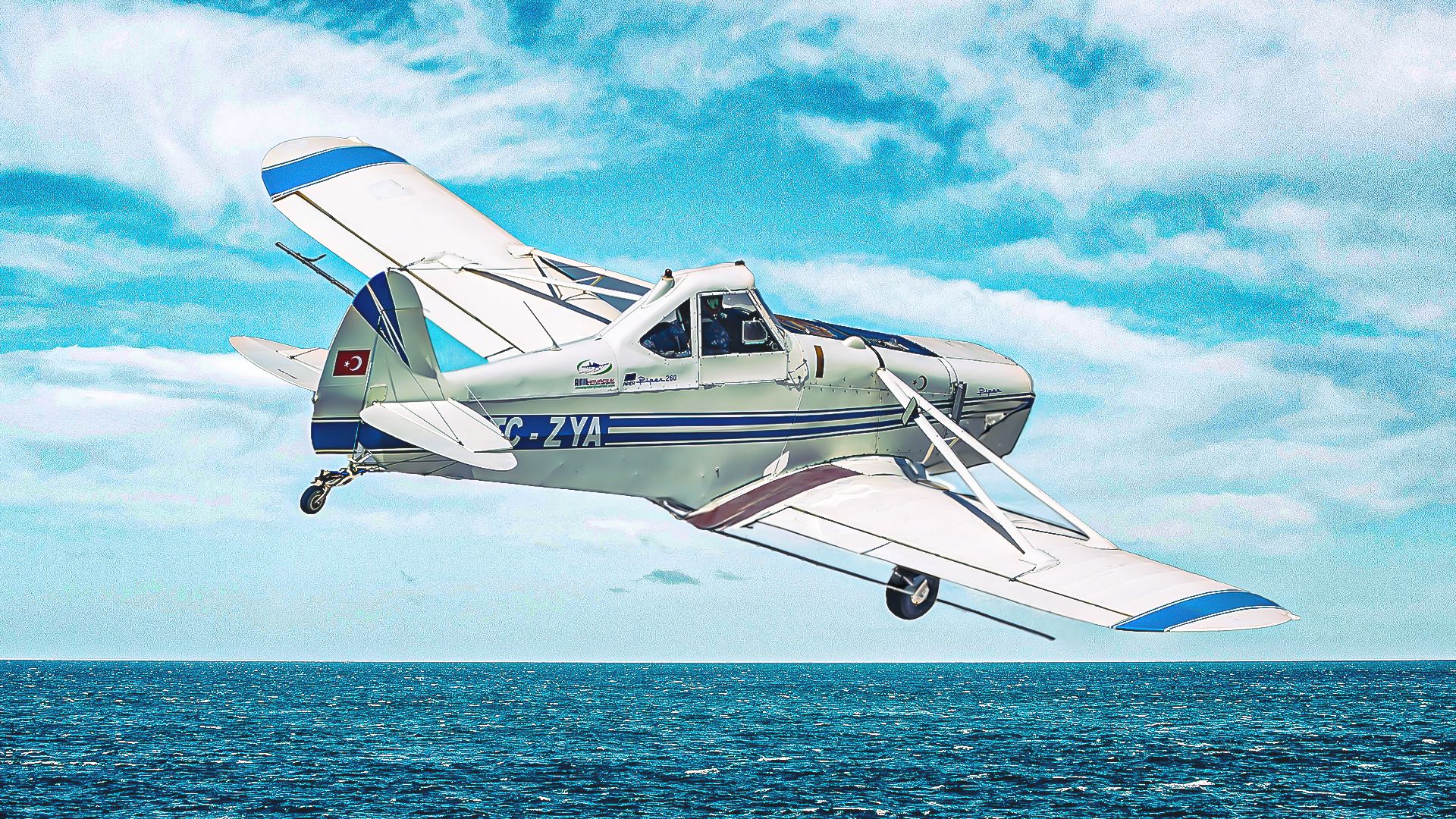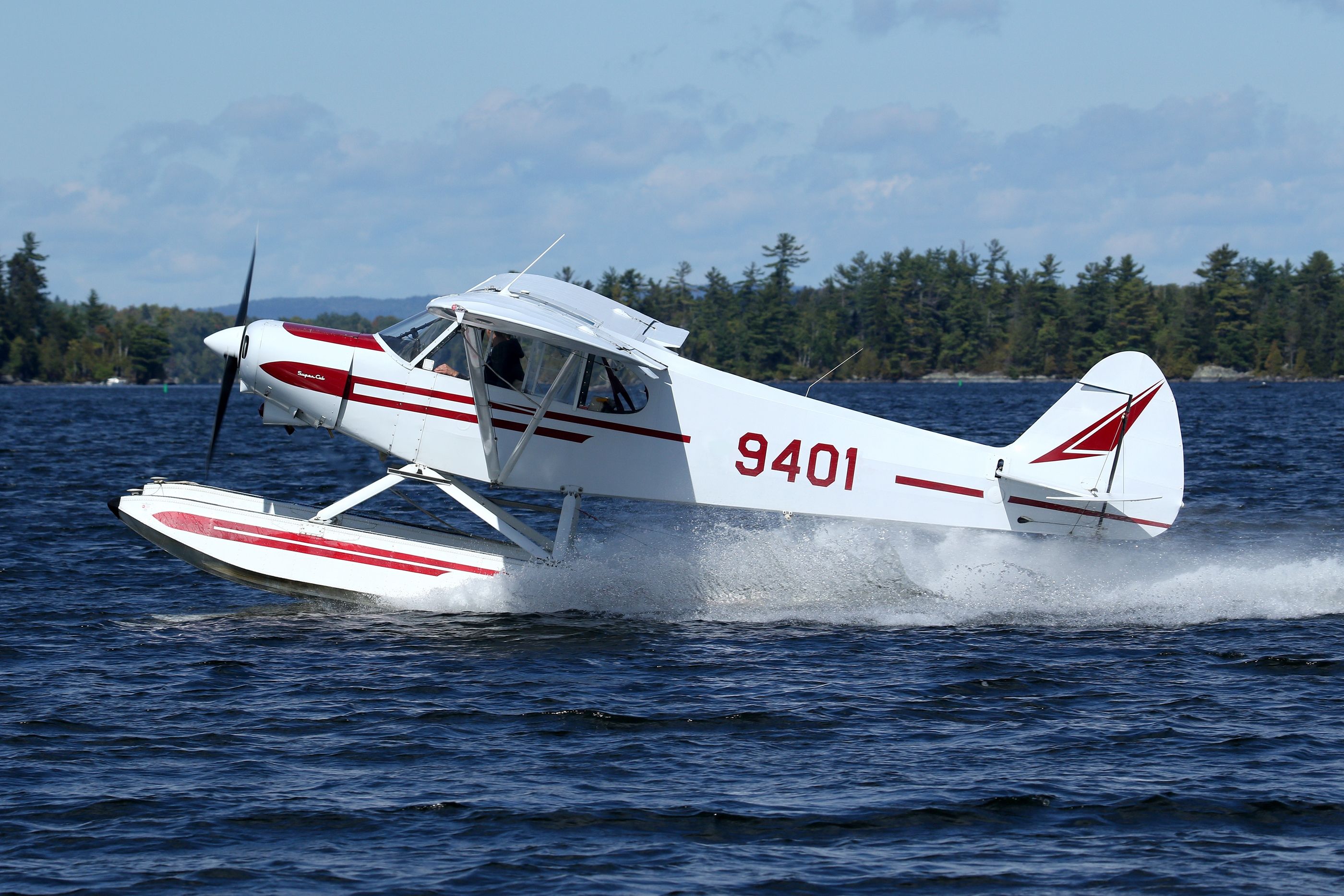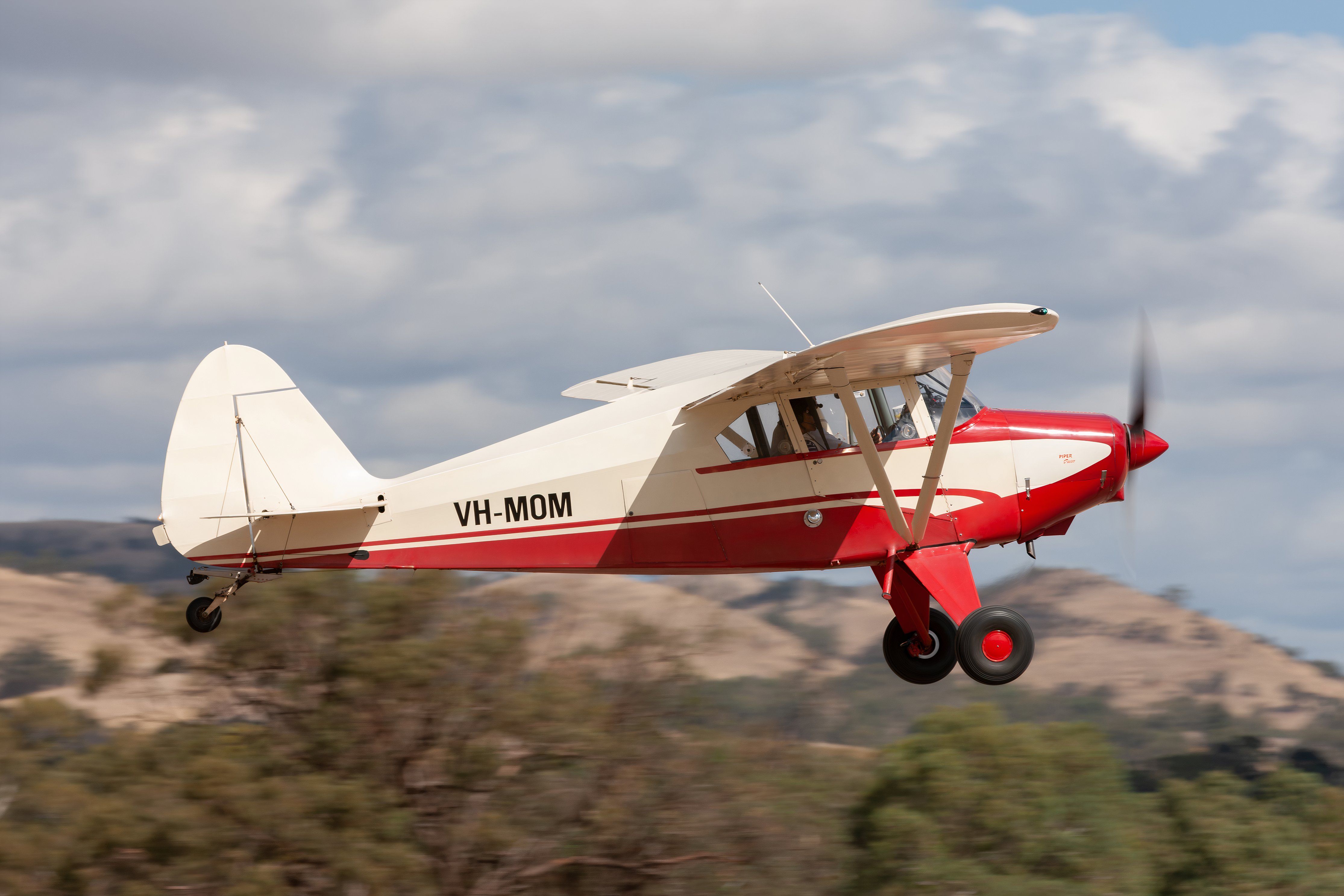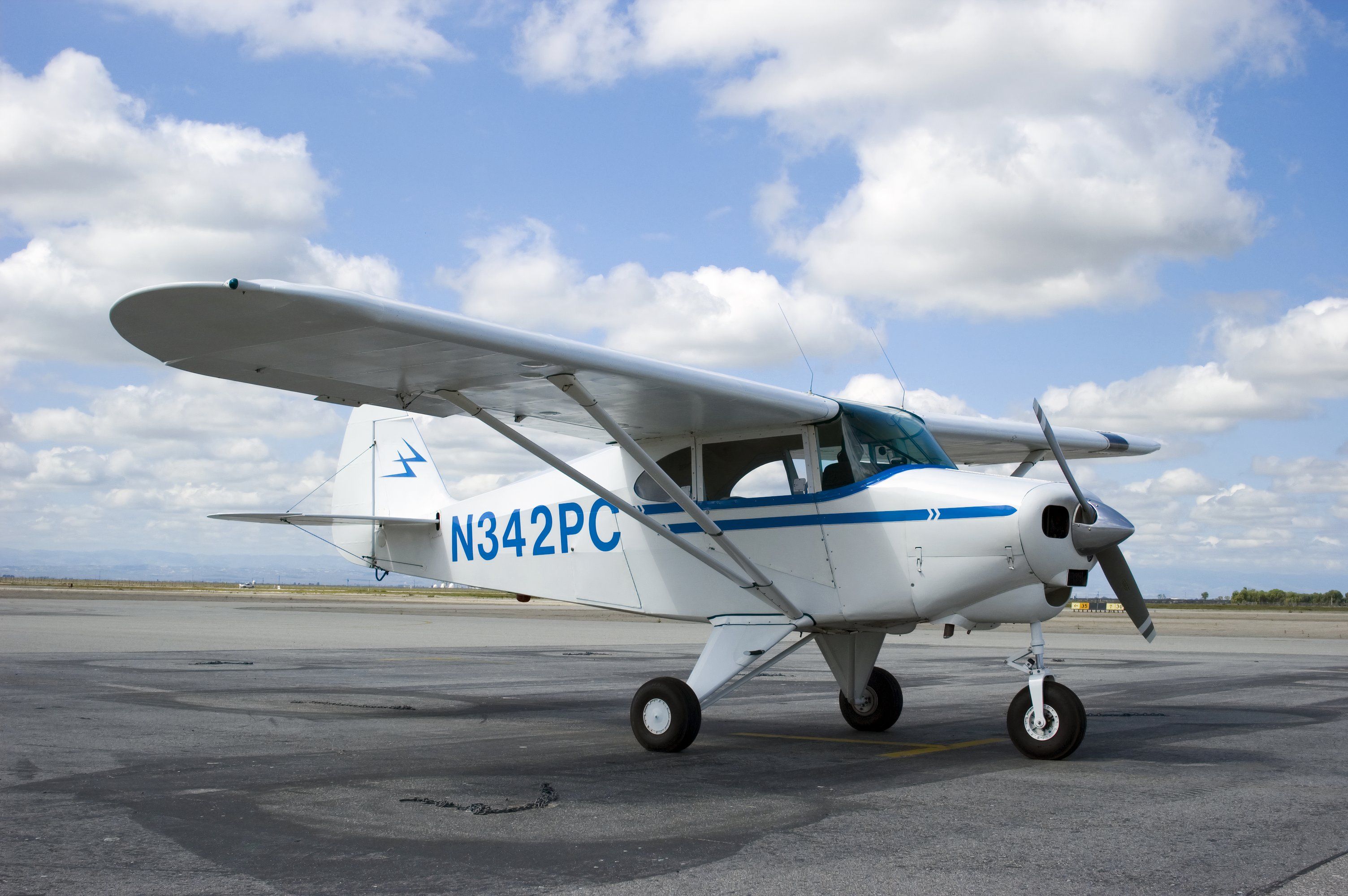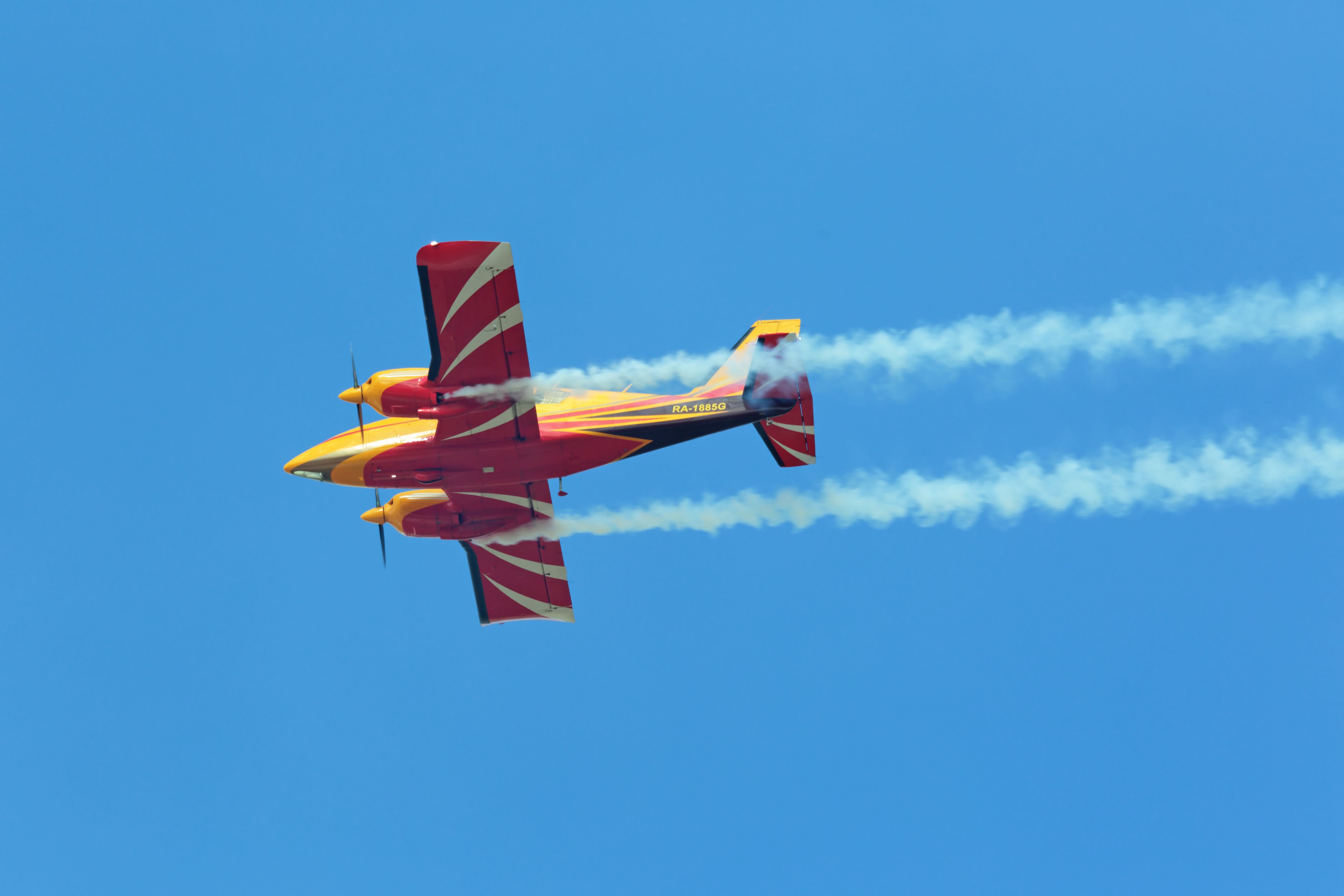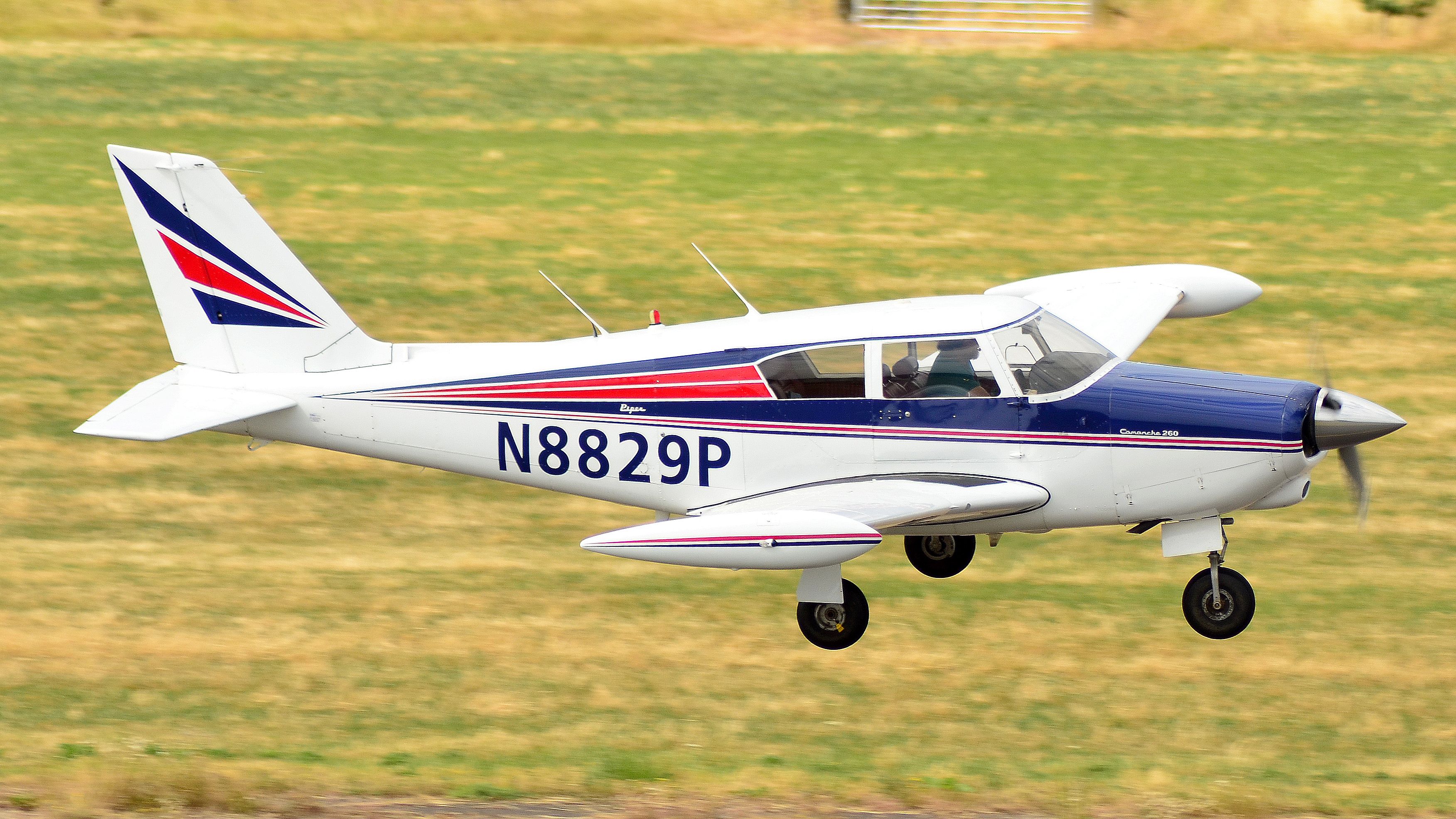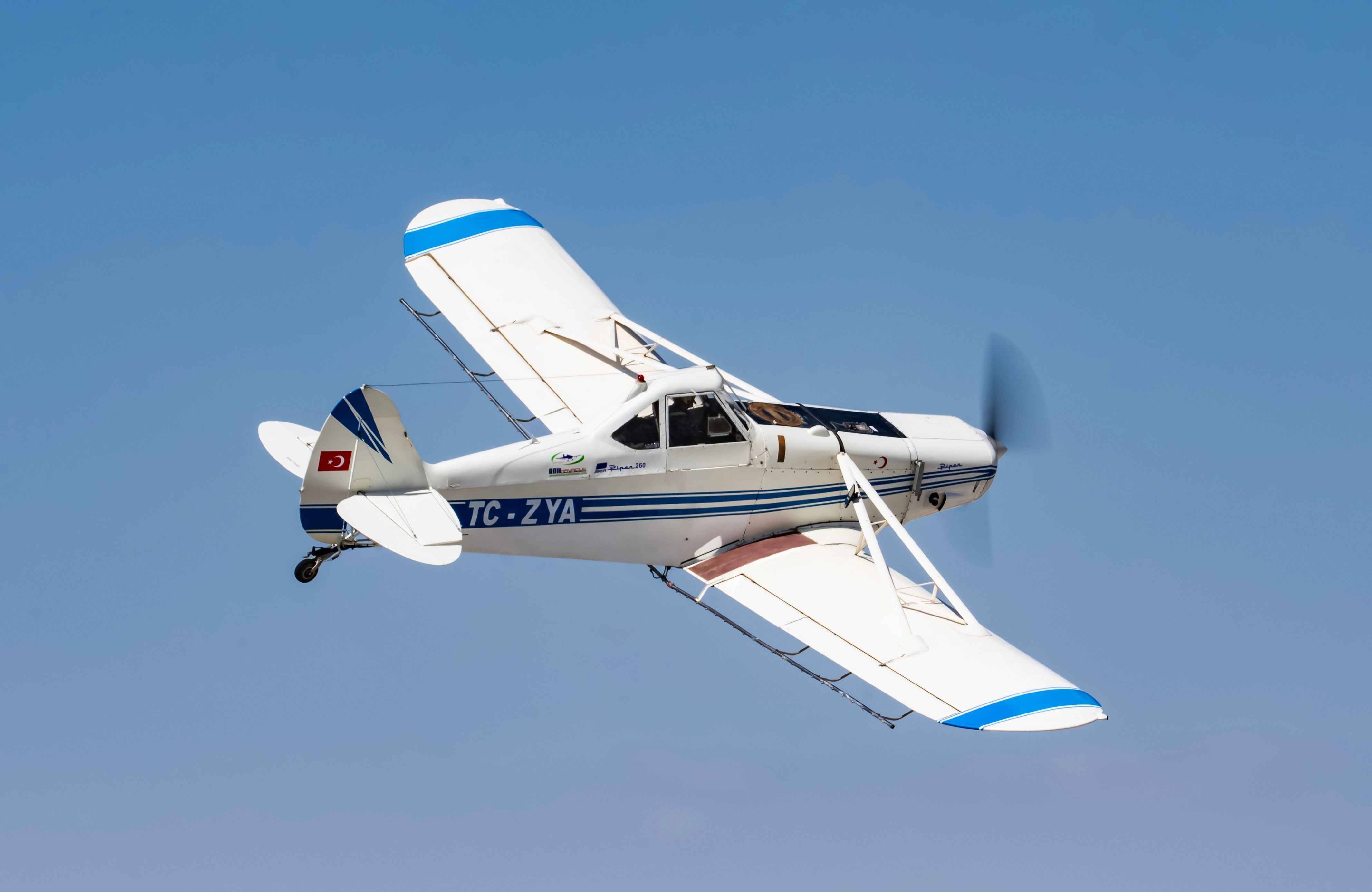Summary
- Piper Aircraft, which is a Big Three aircraft manufacturer, has seen growth under several different owners. This growth occurred over each of the decades it has existed, as it was founded nearly 100 years ago.
- Throughout the 1950s, Piper has produced iconic aircraft like the PA-18 Super Cub and the PA-24 Comanche.
- In the late 1950s, the PA-25 Pawnee, one of the first aircraft specifically designed for agricultural use, was a successful addition to Piper’s fleet.
Piper Aircraft is considered to be one of the “Big Three” manufacturers in the general aviation industry, along with Cessna and Beechcraft. The company was founded as Taylor Brothers Aircraft Manufacturing Company nearly 100 years ago in 1927.
Clarence and Gordon Taylor first started the company in Rochester, New York. However, after the death of Gordon, Clarence moved the company to Pennsylvania, along with accepting a large investment from William Piper.
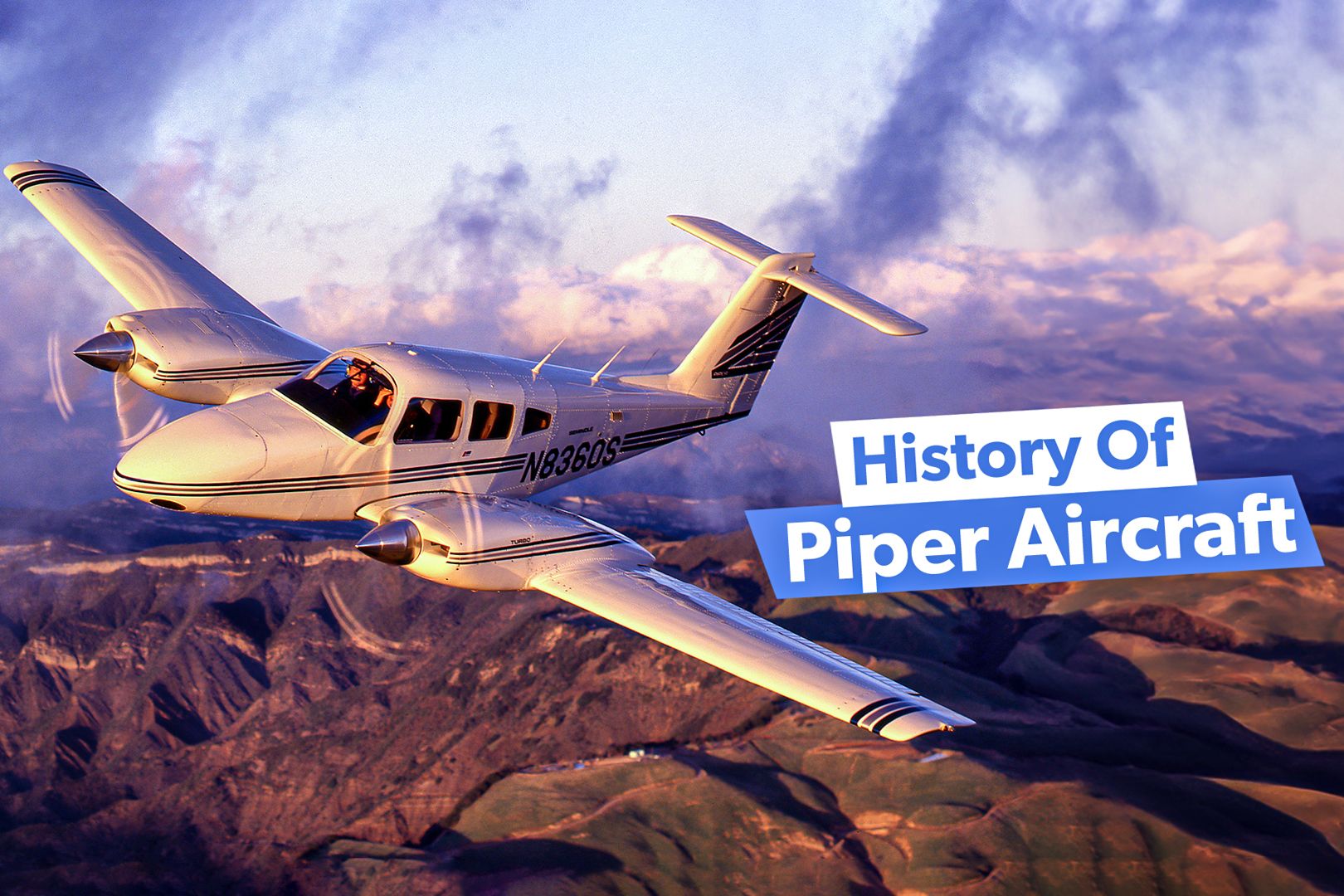
Related
A Look At The History Of Piper Aircraft
The company was initially founded nearly 100 years ago.
Piper officially purchased the company in the 1930s and began a reorganization of the company. The company began mass-producing a low-cost and cheap-to-operate aircraft, the E-2 Cub. The company began to take off under Piper’s guidance.
Since then, the company has grown to produce a wide range of aircraft, including twin-engine aircraft and turboprop-powered aircraft. Some of these currently produced aircraft include:
Overall, the company has seen both highs and lows throughout its extensive history, passing through several different owners. However, the company made large strides during each decade of its existence.
Specifically, let’s take a look at the post-World War II era when Piper worked to regain its footing after the general aviation boom ended in the 1940s. Let’s take a closer look at the aircraft that Piper designed and developed throughout the 1950s.
6
The PA-18 Super Cub
Year introduced: 1950
|
Length |
22 feet seven inches |
|---|---|
|
Height |
Six feet nine inches |
|
Wingspan |
35 feet three inches |
|
Maximum takeoff weight (MTOW) |
1,750 pounds |
|
Cruise speed |
100 knots (115 miles per hour) |
|
Range |
400 nautical miles (460 miles) |
|
Service ceiling |
19,000 feet |
The first aircraft that Piper Aircraft introduced in the 1950s was an upgraded variant of its most popular family of aircraft, the Cub series. Over 30,000 variants of this aircraft have been built since the first one was introduced in the late 1930s. Many of these are still flying to this day.
The Super Cub itself was produced from 1950 through 1983. It was later revived for production from 1988 through 1994. Over 10,000 variants were built, and a large portion of the aircraft was built by the Cub family.
Photo: Kevin Porter / Shutterstock
The Super Cub was an upgraded variant of the PA-11 Cub Special. This aircraft is an ultra-light utility aircraft that can only carry two people, including the pilot. However, the Super Cub added several other improvements, such as an electrical system and flaps for better control during flight.
Additionally, the Super Cub added a larger Lycoming piston-powered engine, which provided the aircraft with over 150 horsepower. Some later aircraft utilized a larger engine with 160 horsepower. The aircraft was designated as a utility aircraft, but owners and operators used the aircraft as a floatplane, short-range transport, or even as an agricultural plane for spraying chemicals.
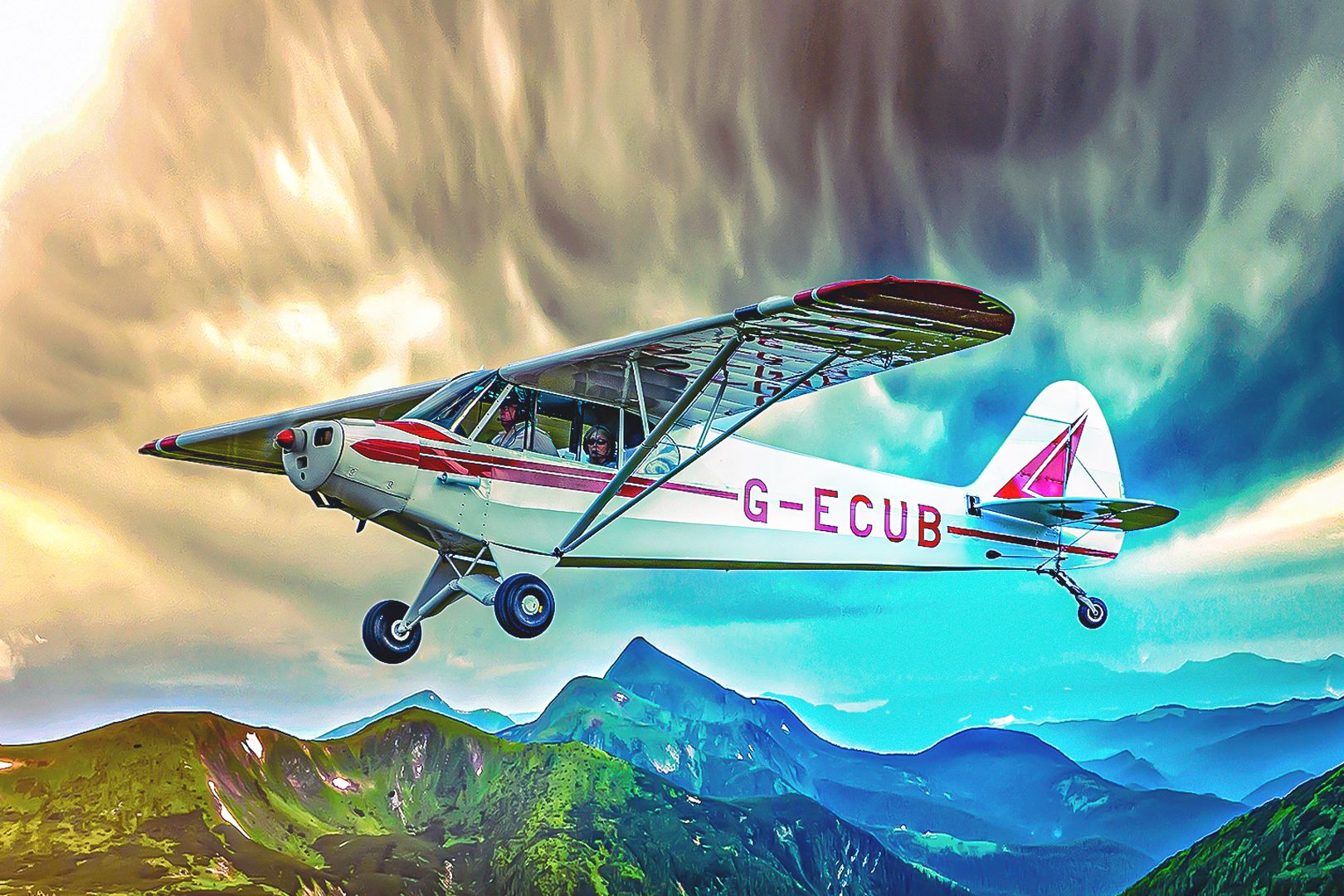
Related
A List Of The 5 Piper Cub Models
There are numerous Piper Cub variants – here are some of the most popular civil aircraft derived from the Cub.
5
The PA-20 Pacer
Year introduced: 1950
|
Length |
20 feet five inches |
|---|---|
|
Height |
Six feet two inches |
|
Wingspan |
29 feet three inches |
|
Gross weight |
1,800 pounds |
|
Cruise speed |
117 knots (135 miles per hour) |
|
Range |
505 nautical miles (581 miles) |
|
Service ceiling |
15,000 feet |
Piper Aircraft released another light aircraft in 1950, which was designated the PA-20 Pacer. The PA-20 Pacer was a popular aircraft until an upgraded variant was released the next year.
However, Piper Aircraft still manufactured the aircraft from 1950 through 1954, and the company produced over 1,000 total PA-20 Pacers during this time.
Photo: Ryan Fletcher | Shutterstock
The Pacer was originally designed from two existing Piper aircraft, the Piper PA-15 and the Piper PA-17 Vagabond. These were similar aircraft that utilized a single engine. The Pacer used several different types of engines, with the most powerful variant offering the aircraft up to 135 horsepower.
It also sat its passengers side-by-side and could fit up to four people, including the pilot. The PA-20 Pacer featured flaps and a control yoke, which was different from most previous Piper aircraft, which used center sticks. The major difference between the PA-20 Pacer and its upgraded variant, the PA-22 Tri-Pacer, was the landing gear configuration. The PA-20 Pacer features a tail wheel, which reduces the pilot’s visibility when on the ground.

Related
A Look At The History Of Piper Aircraft
The company was initially founded nearly 100 years ago.
4
The PA-22 Tri-Pacer
Year introduced: 1951
|
Length |
20 feet six inches |
|---|---|
|
Height |
Eight feet four inches |
|
Wingspan |
29 feet three inches |
|
Gross weight |
2,000 pounds |
|
Cruise speed |
116 knots (134 miles per hour) |
|
Range |
430 nautical miles (500 miles) |
|
Service ceiling |
18,950 feet |
As previously mentioned, the PA-22 Tri-Pacer was a variant designed and developed from the PA-20 Pacer that was released in 1950. Piper received feedback from PA20 Pacer owners that they had limited visibility and handling abilities when operating the aircraft on the ground.
To solve this, the Piper engineering team got to work on an upgraded variant. In 1951, just a year after the initial PA-20 was released, Piper Aircraft released the PA-22 Tri-Pacer. Tri-Pacer’s production lasted until 1964, and Piper Aircraft produced a staggering 9,500 Tri-Pacers during this time.
Photo: Richard Thornton | Shutterstock
To fix the handling quality of the aircraft on the ground, Piper Aircraft added a nosewheel instead of the tailwheel landing gear configuration. Along with the changing of the landing gear configuration, Piper also added an improved engine, with some variants reaching 150 horsepower.
This was a slight increase from the original Pacer, which could only reach 135 horsepower. Additionally, Piper added unique connections between the aileron and rudder to improve its handling ability in the air and make it easier to maneuver for new pilots.
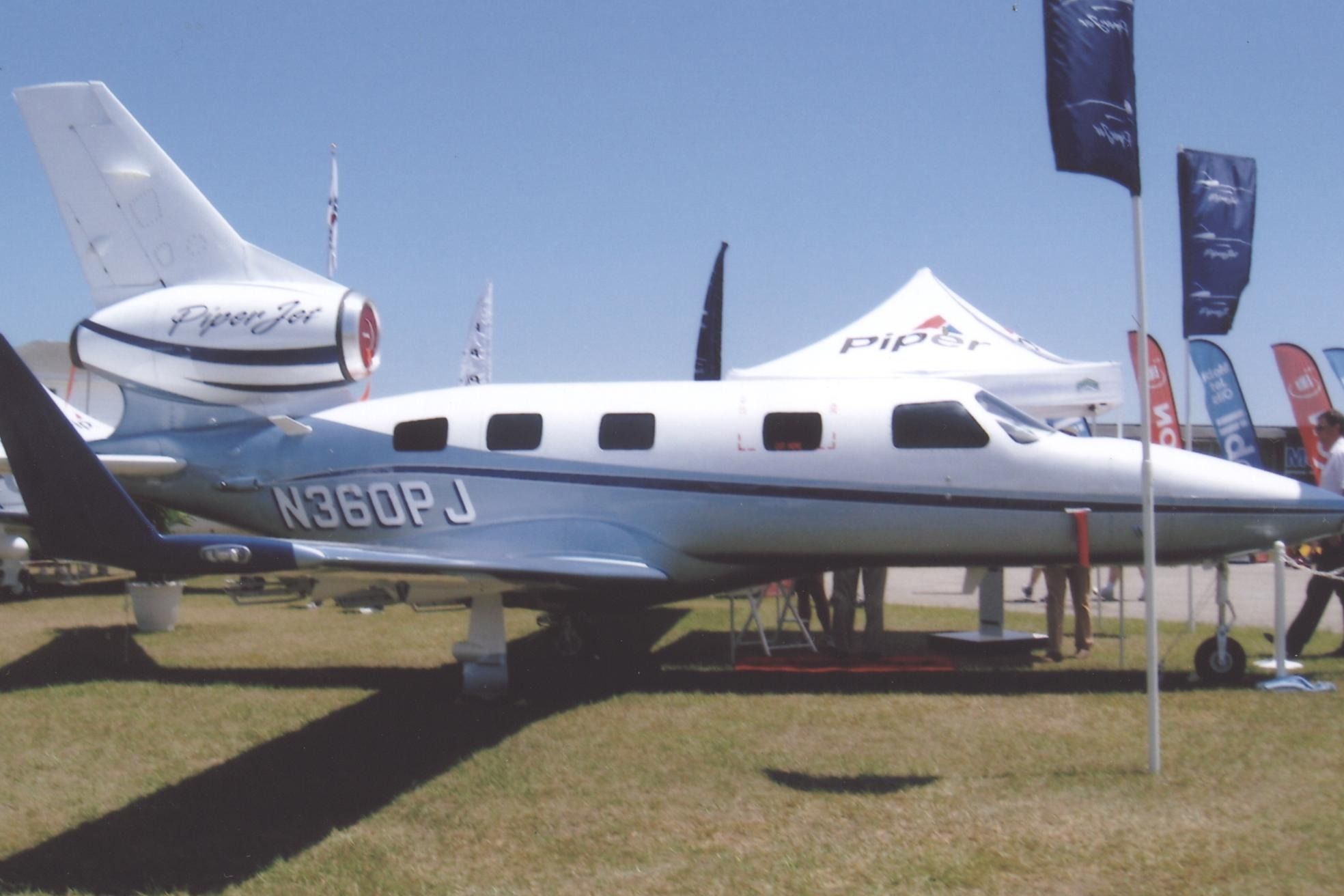
Related
Unsuccessful Prototype: The Story Of Piper’s Single-Engine PA-47 ‘PiperJet’
The single-jet engine project was eventually abandoned, and only one aircraft was ever built.
3
The PA-23 Apache
Year introduced: 1954
|
Length |
31 feet three inches |
|---|---|
|
Height |
Ten feet four inches |
|
Wingspan |
37 feet three inches |
|
Maximum takeoff weight (MTOW) |
5,200 pounds |
|
Cruise speed |
150 knots (172 miles per hour) |
|
Range |
1,320 nautical miles (1,519 miles) |
|
Service ceiling |
19,500 feet |
Piper continued to expand its general aviation offerings in the early 1950s. In 1954, Piper released the PA-23 Apache. This aircraft was originally designed by the Stinson Aircraft Company, and it was designated the Twin Stinson.
However, Piper acquired the Stinson Division from its parent company and continued developing the design. The PA-23 was produced from 1952 through 1981, and nearly 7,000 PA-23 Apaches were produced in total during this time.
Photo: ID1974 | Shutterstock
This was the first twin-engine aircraft that Piper developed in the 1950s. Piper utilized two Lycoming O-320-A piston engines, which each provided the aircraft with 150 horsepower. The low-wing aircraft can fit four passengers and features a single vertical stabilizer, which was different from the initial designs.
Several improved variants of the Apache were produced, upgrading the engine and other aero surfaces. Eventually, Piper released a new variant, which would be famously known as the Aztec.
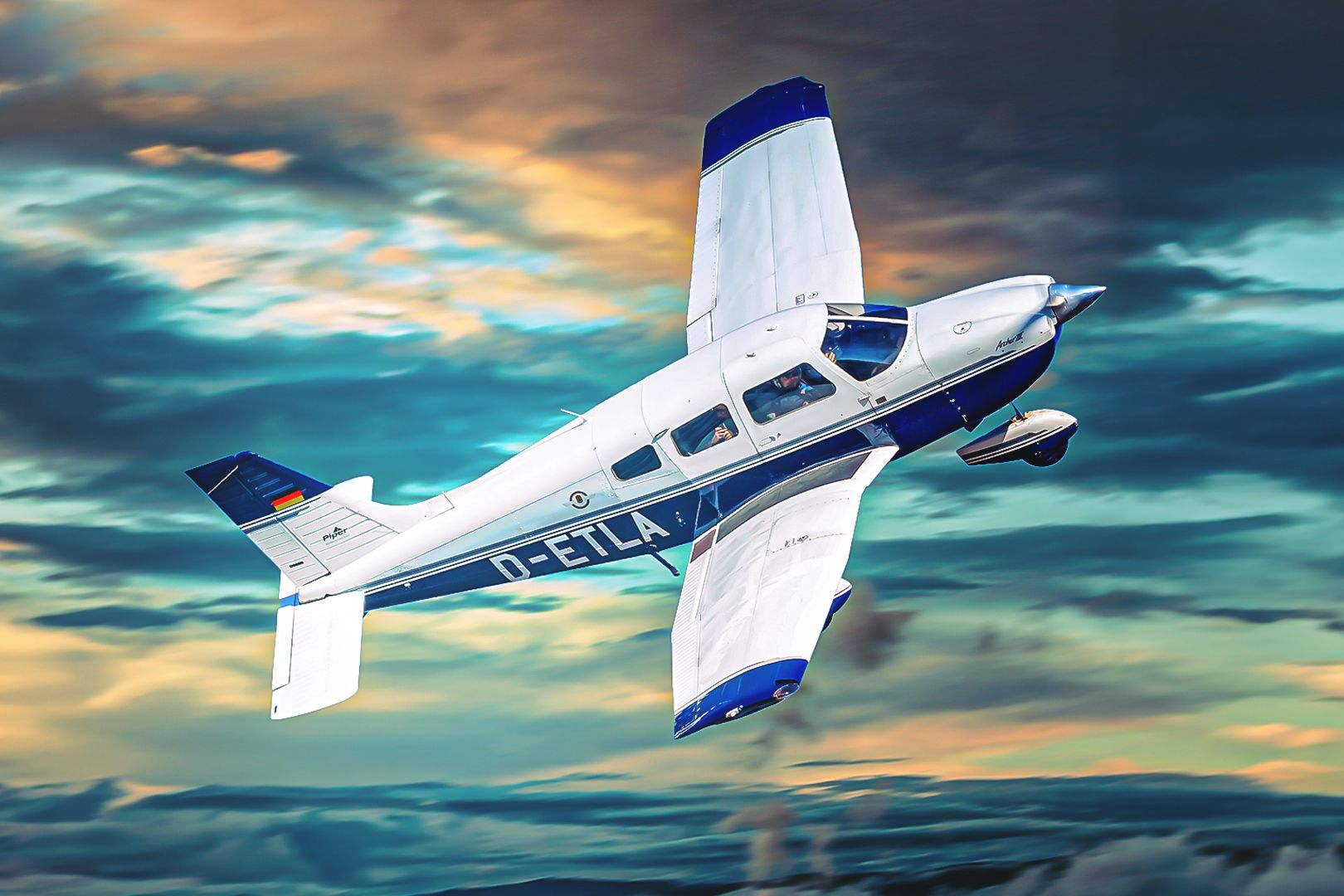
Related
Why The Piper Archer Is A Favorite Among Single-Engine Aircraft Enthusiasts
A perfect little aircraft for training or leisure.
2
The PA-24 Comanche
Year introduced: 1958
|
Length |
25 feet |
|---|---|
|
Height |
Seven feet six inches |
|
Wingspan |
36 feet |
|
Maximum takeoff weight (MTOW) |
3,200 pounds |
|
Cruise speed |
161 knots (185 miles per hour) |
|
Range |
1,064 nautical miles (1,225 miles) |
|
Service ceiling |
13,000 feet |
After the release of the PA-23 Apache, Piper went back to its roots with the release of another single-engine aircraft. The Piper PA-24 Comanche would be released in 1958. The aircraft saw immediate success in the general aviation market, with private users and flight schools being used as trainers.
Piper would produce the aircraft from 1957 through 1972. Some consider the Comanche to be the company’s flagship aircraft during this time, although Piper also saw success with the PA-30 and the PA-39 Twin Comanche. The main reason that production of both the Comanche and the Twin Comanche halted was due to facility and tooling damage from Hurricane Agnes.
Piper opted to move on from the Comanche and the Twin Comanche and instead continue production of the PA-28 Arrow and the PA-34 Seneca, which were already in production at the company’s Vero Beach, Florida, plant.
Photo: Adam Loader | Shutterstock
Piper designed the PA-24 Comanche with an airframe made from all-metal alloys. It featured a low-wing and retractable landing gear, which improved the aircraft’s performance while in-flight. The roomy interior cabin typically fits either four or six passengers, depending on the configuration.
The PA-24 Comanche utilized a powerful Lycoming O-360 piston engine, which provided the aircraft with approximately 180 horsepower. Later models utilized an even more powerful Lycoming O-540 piston engine, which provided the aircraft with approximately 250 horsepower. A turbocharged variant was released in 1970 as well. Beyond the aircraft’s powerplant, the PA-24 Comanche featured a swept tail and improved aero surfaces of its flight controls.
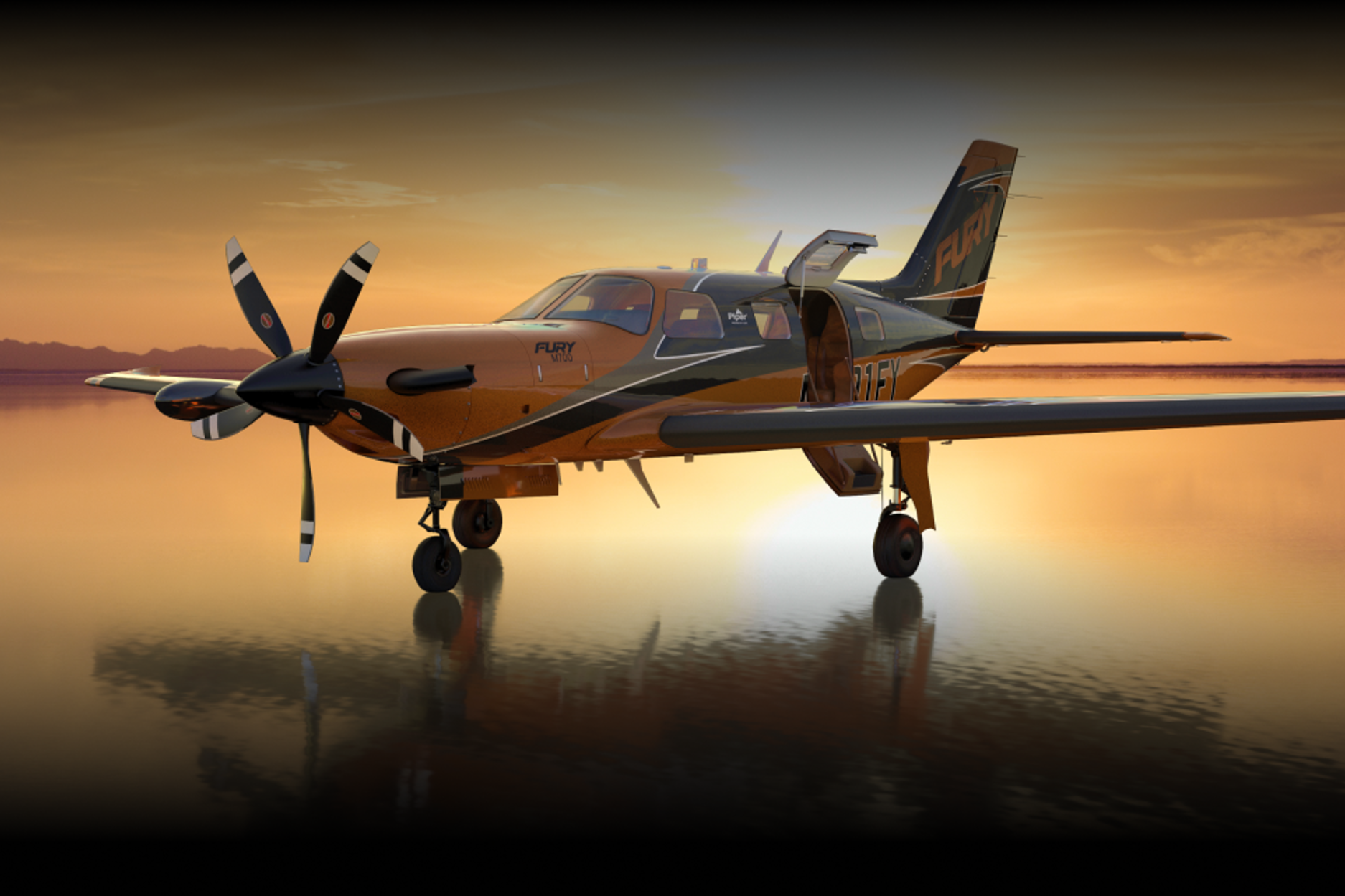
Related
M700 Fury: Piper Unveils Fastest Single-Engine Aircraft
Powered by a single Pratt & Whitney engine, it can reach speeds of over 300 knots.
1
The PA-25 Pawnee
Year introduced: 1959
|
Length |
24 feet seven inches |
|---|---|
|
Height |
Seven feet two inches |
|
Wingspan |
36 feet two inches |
|
Maximum takeoff weight (MTOW) |
2,900 pounds |
|
Cruise speed |
87 knots (100 miles per hour) |
|
Range |
260 nautical miles (300 miles) |
One of the final Piper aircraft that was released in the 1950s was the PA-25 Pawnee. At the time, most aircraft used for agricultural services were converted military aircraft. However, in the late 1940s, the famous aviation engineer Fred Weick approached Piper to design an aircraft used specifically for agricultural applications.
Weick, based at Texas A&M University in College Station, Texas, had previously designed the AG-1, a prototype agricultural aircraft that was developed at the University. This resulted in a partnership that spawned the PA-25 Pawnee. This aircraft flew for the first time in 1957, and it was later introduced in August 1959. Piper would produce this aircraft from 1959 through the early 1980s, and over 5,000 total aircraft were built.
Photo: twintyre | Shutterstock
The PA-25 Pawnee was developed similarly to the AG-1 that Weick previously designed. However, Piper wanted to incorporate as many parts from its existing aircraft fleet as possible. The resulting aircraft was a mash-up of several aircraft, including components from the PA-18 Super Cub and the PA-22 Tri-Pacer.
The PA-25 Pawnee features a steel tube fuselage with fabric covering the fuselage to keep the weight low. It also utilized a conventional landing gear with a tail wheel instead of a nose landing gear. The production model of the PA-25 Pawnee utilized the Lycoming O-320 engine, which provided the aircraft with approximately 150 horsepower.
Further upgrades were made to the aircraft over the years. This includes upgraded engines, additional fuel tank safety systems, and upgraded landing gear that were fitted with oleo shock absorbers. Piper halted its production of the aircraft in 1981, and it eventually sold the entire design and associated support and tooling to Latino Americana de Aviación S.A., which is based in Argentina.
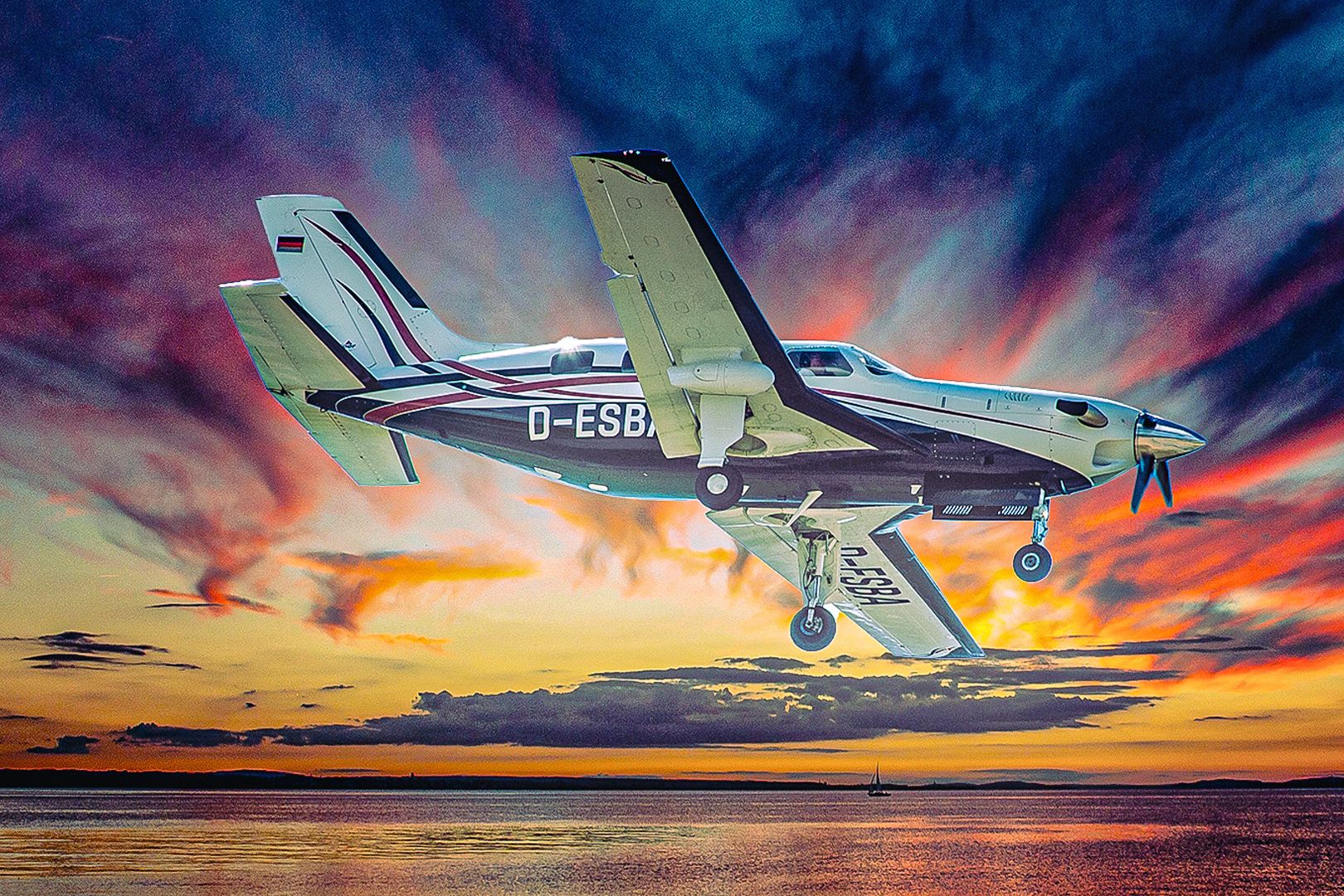
Related
The 8 Piper Models That Fall Into The Piper M-Class
Piper Aircraft now refers to its top-of-the-line aircraft as its M-Class family.

